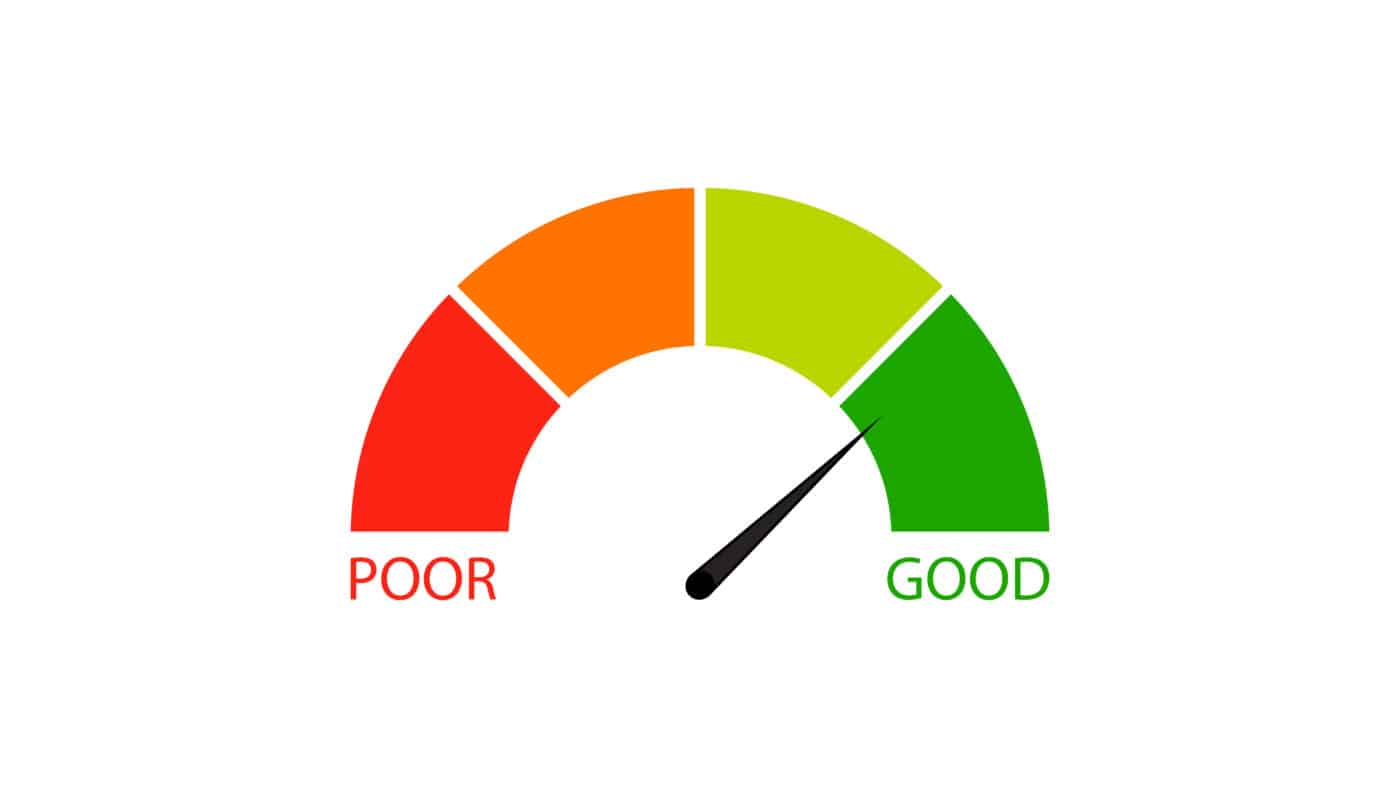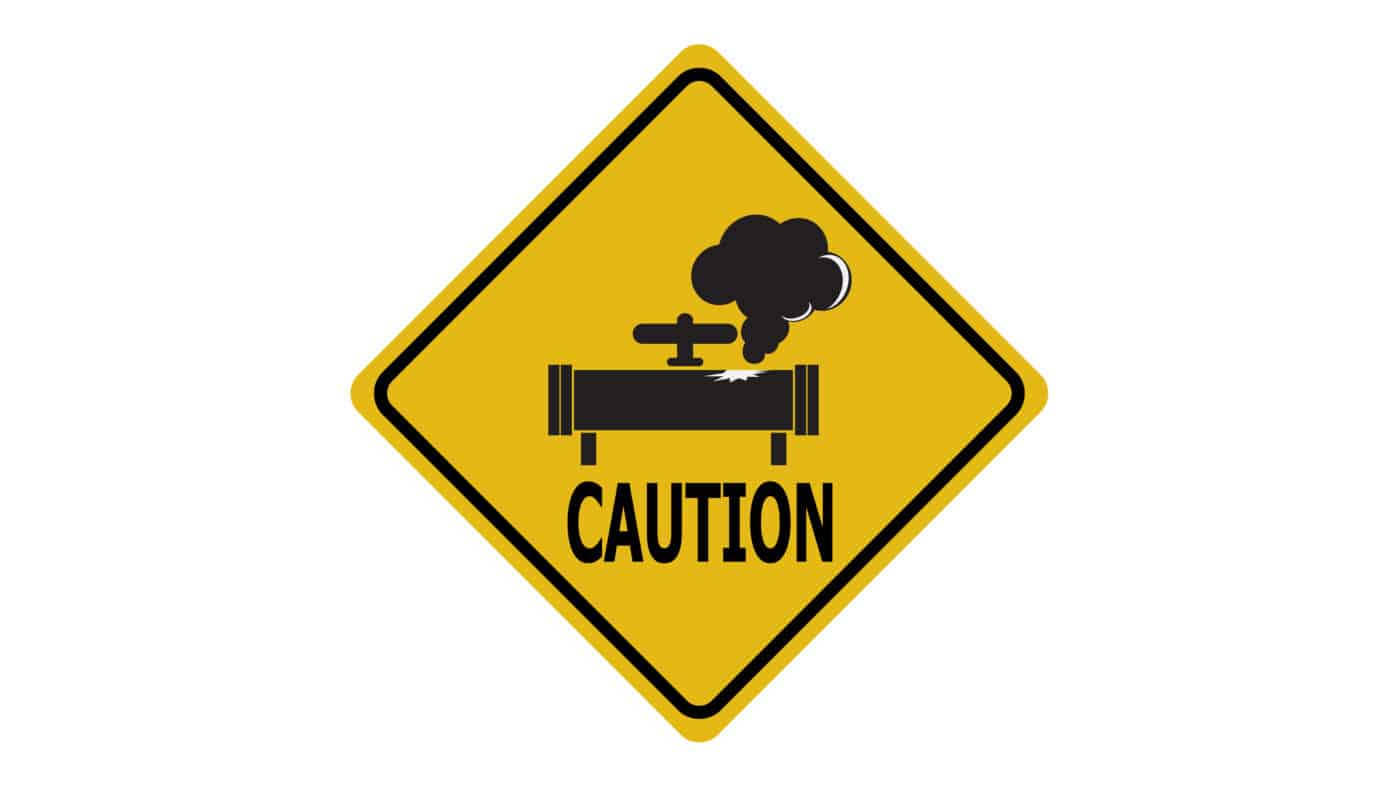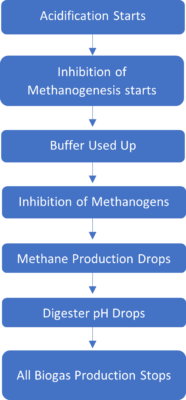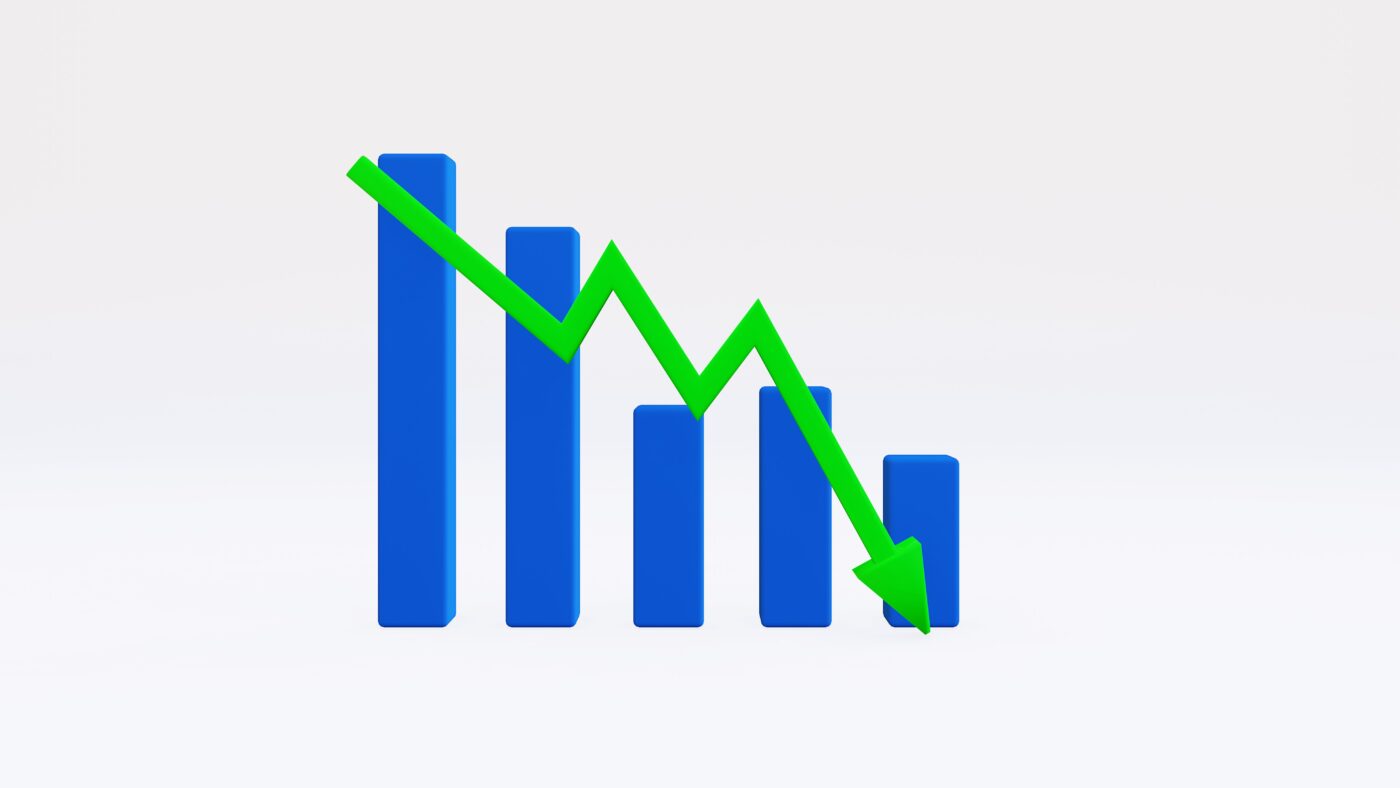The biogas quality is one of the most important aspects of the process. Biogas is made up of Methane and CO2. However, the part we are most interested in is the Methane. This is what powers our CHP unit or can be injected back into the grid. This means in order for the process to be profitable we need the biogas quality to be sufficient.
What Can Affect Biogas Quality?
The biggest factor that affects biogas quality is the stress on the digester biology. There are many different ways the digester becomes stressed and can stop performing as it should. These include:
The most common stress on digester biology is the feeding of fresh feedstock into the digester. Fresh feedstock coming into the digester often causes spikes in the process. As the biology seeks to break down the feedstock it is working even harder to do so. This often means the biogas production drops as a result of this.
Another common reason for poor digester output is co-digestion of incorrect feedstocks. Some feedstocks complement each other well in aspects such as retention time and biologically stability. Others can work against one another and will produce a volatile mixture inside the digester.
How to Control Biogas Quality
Workout the correct HRT for the particular feedstock coming into the digester. HRT is the time needed for the feedstock to go through its biological breakdown to releasing methanogens. This value varies for each type of feedstock and also the volumetric size of the digester.
Another way to keep the issue under control is through the use of a multi tank system. This is where a receiving tank can be used to allow the feedstock to be fed in there, in the correct amounts. This can then be held in the reception tank and fed into the digester at a continuous rate and with stable biology.
The dry matter content can also be reduced in the feedstock. It is well known that the higher the value of dry matter content the less stable the process is. This is because of the requirements for efficient breakdown are much higher than that of manure. If liquid is added to the feedstock or co-digestion with manure takes place then the feedstock will breakdown in a more stable way. This means that the biogas quality will remain consistent and the process itself will not see as many peaks and troughs.
Reference – Roots Organics Ltd.











